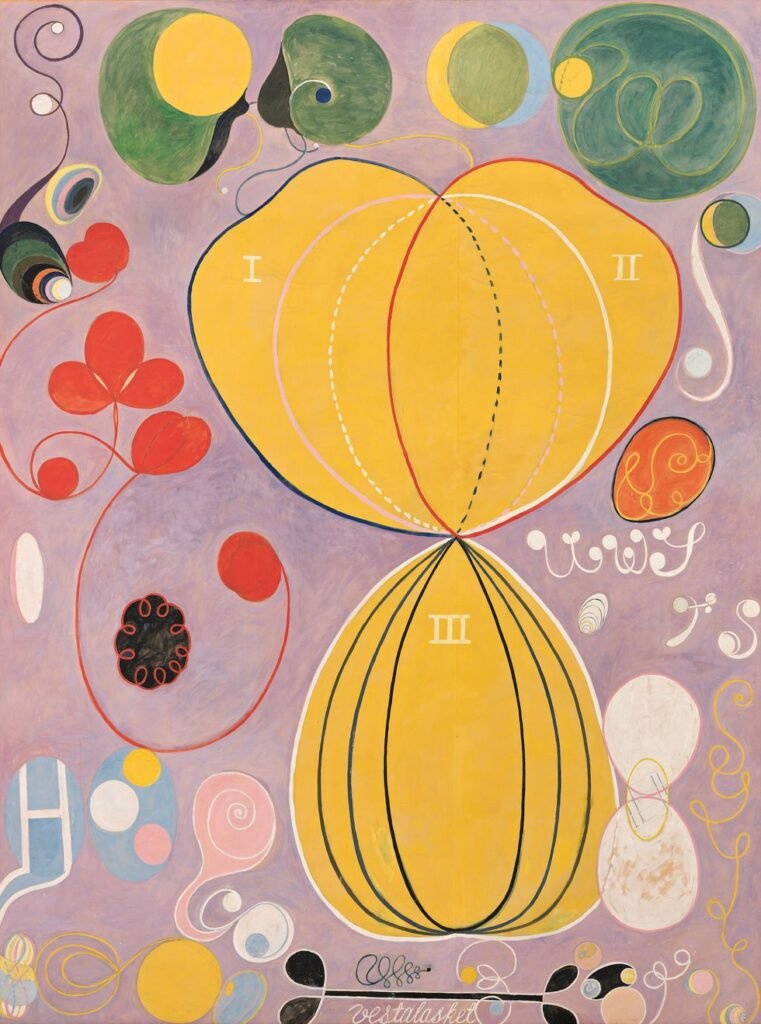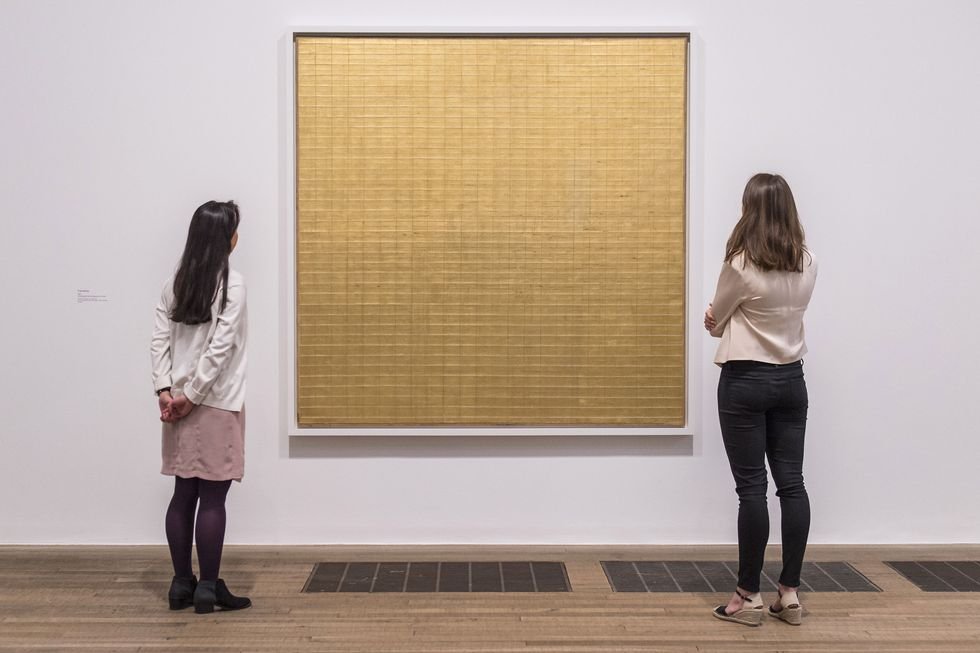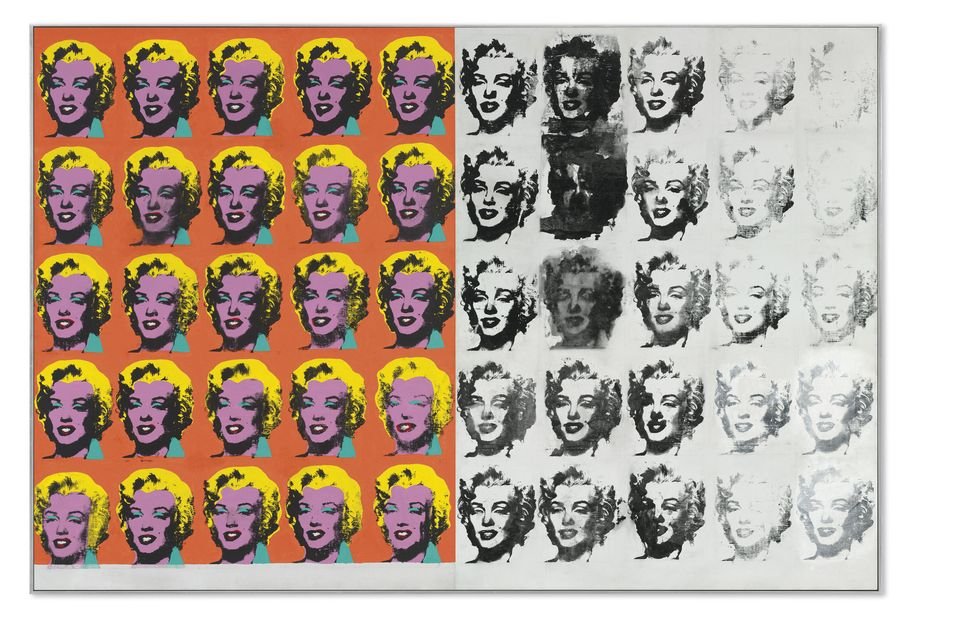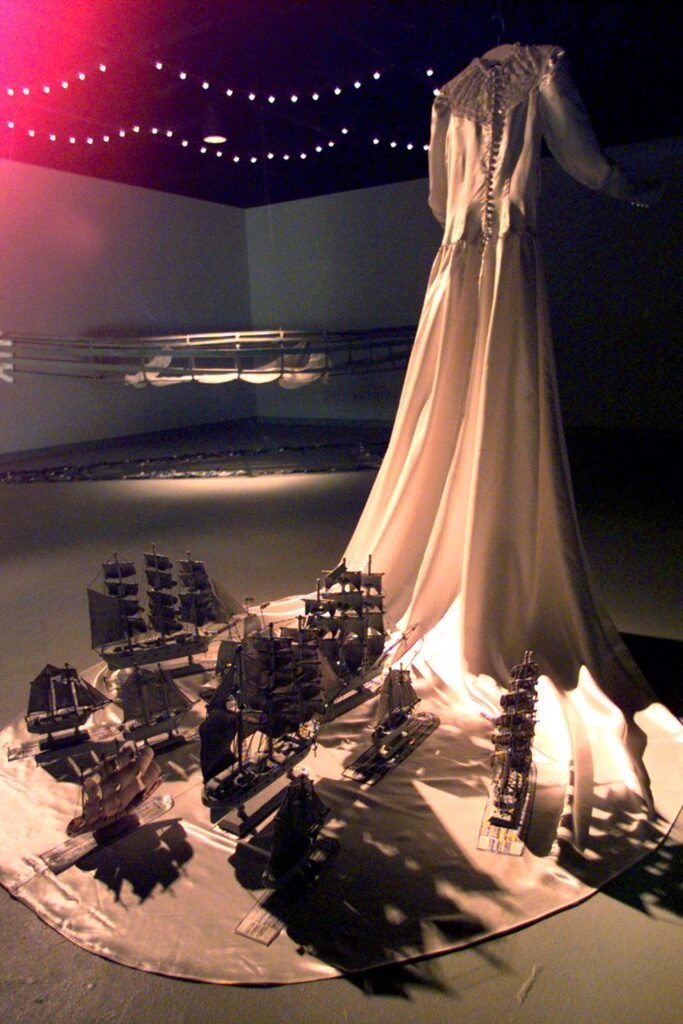In a world where art has often been dominated by men, it’s time to shine a spotlight on the fearless women who have fearlessly carved their names into history’s canvas. Join me on a journey through time as we explore the lives and works of 10 remarkable women artists who defied norms, challenged conventions, and left an indelible mark on the art world.
But our exploration doesn’t stop there. As we celebrate these fearless women artists, let’s also take a moment to appreciate the vibrant contemporary art scene. One such beacon of creativity is Arts Fiesta, an online art gallery led by women who are pushing boundaries and redefining what it means to create and showcase art in the digital age.
Arts Fiesta is more than just a gallery. it’s a celebration of diversity, empowerment, and innovation in the arts. With collection of works spanning various mediums and styles, Arts Fiesta offers a range of paintings and prints with nature-inspired genre to connect with art enthusiasts worldwide.
1. Élisabeth Louise Vigée Le Brun (French, 1755–1842)

Élisabeth Louise Vigée Le Brun was a self-taught artist who worked during some of the most violent periods in European history. She overcame significant difficulties to become an artist, as did women in late 18th-century Paris. At the tender age of 28, she became one of only four female members of the French Academy thanks to Marie Antoinette’s influence. Vigée Le Brun received special recognition for her empathetic depictions of noblewomen, which were thought to be more authentic than those of her contemporaries. After being forced to abandon Paris during the Revolution, the artist went throughout Europe and brilliantly secured commissions in Berlin, Saint Petersburg, Florence, Naples, and Vienna before returning to France once the fighting had subsided.
The image is a self-portrait by Élisabeth Louise Vigée Le Brun wearing a straw hat (1782).
2. Hilma af Klint (Swedish, 1862-1944)

Hilma af Klint was a leading pioneer of abstract art, although her work was not publicly acknowledged until the Guggenheim Museum organized a significant survey of it. Her abstract compositions were finished years before those of Wassily Kandinsky, Kazimir Malevich, and Piet Mondrian. “Hilma af Klint: Paintings for the Future,” which ran from October 2018 to April 2019, was the most popular show at the Guggenheim ever and included a variety of large, brilliant, and almost magical-looking abstract paintings.
After graduating from Stockholm’s Royal Academy of Fine Arts in 1887, Klint—who was born there—went on to become well-known for her figurative paintings and held the position of secretary for the Association of Swedish Women Artists. Theosophy and spiritualism gained popularity during this time as individuals,
af Klint like others, attempted to find a means of balancing religion with the plethora of new scientific discoveries. Her earliest significant body of non-figurative, non-objective work was influenced by their ideological systems. The 193 paintings, known as The Paintings for the Temple, were produced between 1906 and 1915 and examined a dualistic understanding of the cosmos, creation, and development. Klint insisted that the pieces not be displayed until twenty years after her passing. The pieces were meant to be placed in a spiral temple. The main focus of the Guggenheim exhibition, a circular haven in and of itself, was these paintings and a few of her early works.
Hilma af Klint, The Ten Largest, No. 7, Adulthood (1907) is shown in the picture.
3. Georgia O’Keeffe (American, 1887-1986)

Famous for her contributions to American modernism, Georgia O’Keeffe was among the first artists in the country to create an entirely abstract piece of art in 1915, defying the prevailing American realism approach. 1918’s Music, Pink and Blue is an abstract painting by O’Keefe that uses extreme cropping to create an archway of vibrant petals that hum with the musical energy alluded to in the title. O’Keeffe explored “the idea that music could be translated into something for the eye,” striving for pure expression devoid of any other external references, partly motivated by the philosophies of Russian artist Wassily Kandinsky.
The image shows O’Keeffe in 1960 in Albuquerque, New Mexico, posing with Pelvis Series Red with Yellow (1945).
4.Mary Cassatt (American, 1844–1926)

Mary Cassatt was one of three female Impressionist painters and the only recognized American connected to the movement. She was also a great advisor, assisting in the introduction of European art to influential American collectors. Cassatt was adamant that paintings have to depict contemporary life. The 1878 picture In the Loge, the artist’s first American exhibition of an Impressionist piece, skillfully captures her modepinrn woman. While many male artists painted women as objects of show in theater boxes, Cassatt’s female lead assumes a dynamic role as she looks. Still, the masculine gaze rules, as a theatergoer with gray hair peers at her through his own binoculars from a distance. We complete the circle by being the spectator and watcher.
Mary Cassatt is shown in the loge. MFA Boston, 1878.
5.Frida Kahlo (Mexican, 1907-1954)

André Breton, the man who founded surrealism, often referred to Frida Kahlo’s fiery self-portraits with her trademark prominent unibrow and mustache as “ribbon[s] around a bomb.” Indeed, Kahlo paints in a way that is both alluring and assertive. Completed in 1939, shortly after her divorce from Mexican muralist Diego Rivera, Kahlo portrays two selves in “The Two Fridas (Las dos Fridas)”: one in a traditional Tehuana costume, grieving, and the other in a modern outfit, self-reliant, and full of heart. Identity politics owed much to Kahlo’s ongoing reconstruction and layering of her own identity, which still serves as an inspiration to artists to this day.
The image shows Frida Kahlo’s 1939 painting The Two Fridas (Las dos Fridas), on display in 2007.
6. Agnes Martin (Canadian, 1912-2004)

Agnes Martin, who is frequently linked to the minimalist style, was unique and difficult to put into one category. Martin, a deeply spiritual and secretive person, revealed that she would adapt her completely formed paintings. Which were the size of postage stamps—onto enormous canvases. Friendship (1963), a shimmering gold emblem, is a superb illustration of the artist’s groundbreaking grid painting technique. Martin creates an infinite field with a mysterious character that is the personification of a transcendent peace. Through his carefully carved lines. At first glance, they appear faultless, but they are actually imbued with the sense of a human hand. In October 2016, a retrospective of Martin’s work will premiere at the Guggenheim in New York.
Agnes Martin, Friendship (1963), as exhibited in 2015 at London’s Tate Modern.
7. Elaine Sturtevant (American, 1924-2014)

The paintings by Elaine Sturtevant, who goes by her surname, make you look twice. At first glance, they appear to be by Andy Warhol or Jasper Johns. But in reality, they are entirely her own creations. Disturbingly accurate in their appropriation of the original shapes and techniques. Sturtevant began appropriating the work of her male colleagues. In 1964 with the intention of challenging the systems of art and society. As well as the hierarchy of gender, originality, and authorship. To be exact, Warhol even agreed to let Sturtevant to create the Marilyn screen. He utilized in his own work using his screen maker. According to Sturtevant, Warhol would advise visitors to “ask Elaine”. When they wanted to know the specifics of his creative process.
Elaine Sturtevant holding a sold Warhol Diptych from 1973.
8. Betye Saar (American, B. 1926)

As one of the most well-known assemblage artists, Betye Saar is a real icon in the world of modern art. She grew up in Los Angeles and attended the University of California, Los Angeles. Where she earned a degree in design in 1947 but had a strong interest in printmaking. The artist Joseph Cornell’s exhibition of discovered objects. Which she saw in 1967, had a profound effect on her creative path. In order to create works that addressed race and current events, she started by lining assemblage boxes with her own prints and drawings and then filling them with miscellaneous things.
Dr. Martin Luther King Jr.’s killing in 1968 caused her work to become more blatantly political and extreme. As a poet, writer, performer, and artist, Saar was a part of the Black Arts Movement in the 1970s. Which used art and activism to challenge white power systems and give voice to the Black experience. In The Liberation of Aunt Jemima (1972), Aunt Jemima’s mammy doll is armed with a weapon and a grenade, its most notable feature. Ready to battle against the physical aggression, bigotry, and derogatory stereotypes directed at African Americans. According to Saar’s explanation, “As an artist, I want to make works that reveal beauty and expose injustice.” Although the rainbow is a physical variety of colors, it also represents hope and I swear.”
The image shows Betye Saar’s Brides of Bondage. Which was on exhibit in 1998 at Saddleback College in Mission Viejo, California.
9. Yayoi Kusama (Japanese, B. 1929)

Yayoi Kusama, often known as the “queen of the polka dot,” was a major player in the 1960s avant-garde art movement. Which is still pushing the envelope in her work, even breaking into the fashion world with her latest partnership with Louis Vuitton. Her “happenings” in the 1960s were revolutionary, especially Narcissus Garden (1966). Which she presented on the international arena of the Venice Biennale. As a satire of the commercialism of the art world, Kusama assembled 1,500 silver balls, or three-dimensional polka dots, on a lawn and offered them for sale to tourists for 1,200 lira (two dollars) each, with funding provided by fellow artist Lucio Fontana.
In this picture, Yayoi Kusama’s artwork Narcissus Garden (1966) is displayed at Chatsworth House in Chatsworth, England (2009).
10. Judy Chicago (American, B. 1939)

Judy Chicago, a feminist artist, novelist, and educator, traveled far beyond late eighteenth-century Paris to pay her own respects to the great women of history. From 1974 to 1979, Chicago created the famous installation The Dinner Party, which honored 1,038 women in history. It featured embroidered entry banners, an engraved floor, and a huge triangular banquet table with place settings for 39 women. Among other guests like Georgia O’Keeffe and the Primordial Goddess. Currently on display at the Brooklyn Museum’s Sackler Center. The installation is a focal point of feminist art, created during a critical juncture in the 1970s when female artists directly addressed gender inequalities.
Judy Chicago at Brooklyn Museum’s The Dinner Party (1974–1979).
